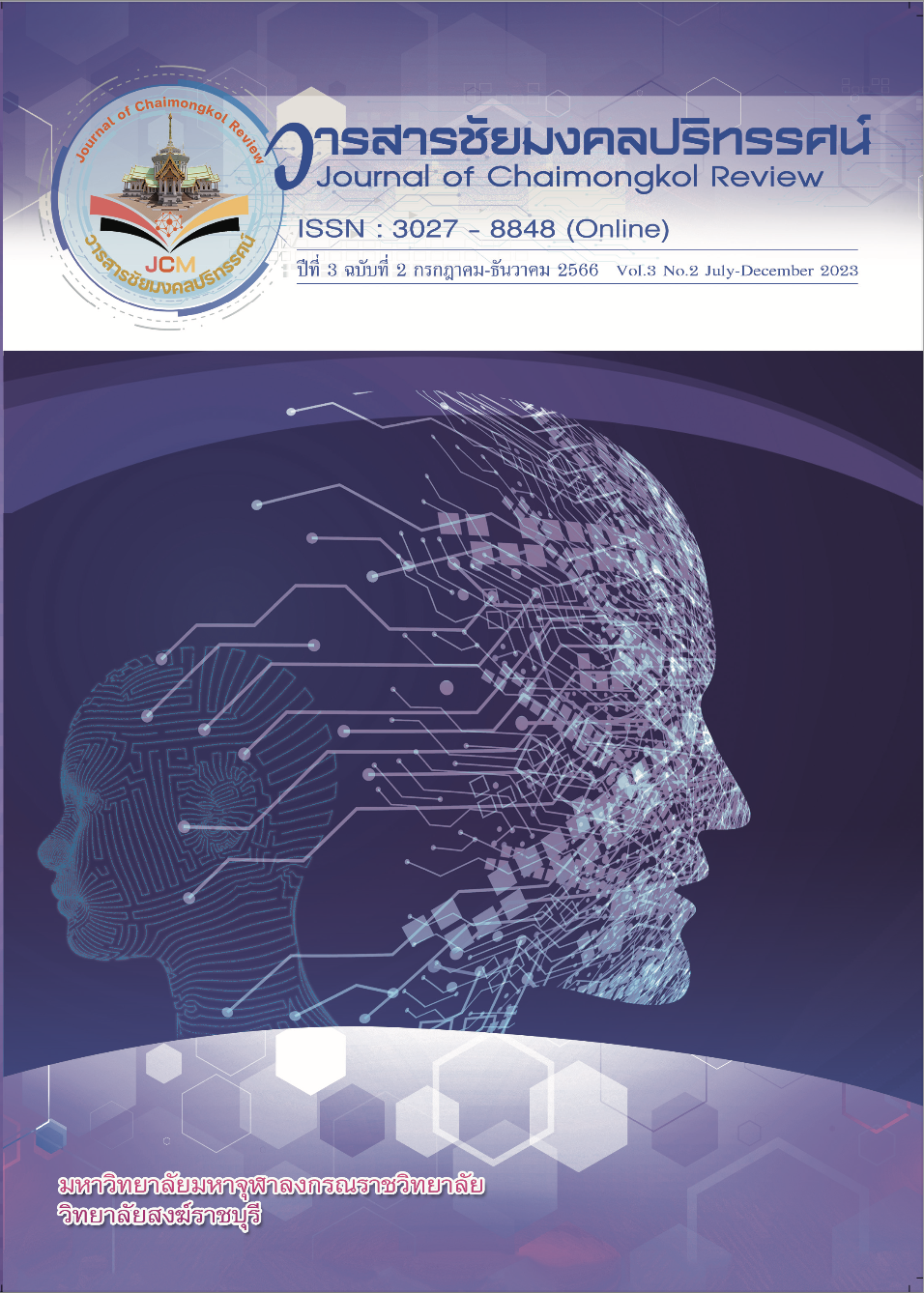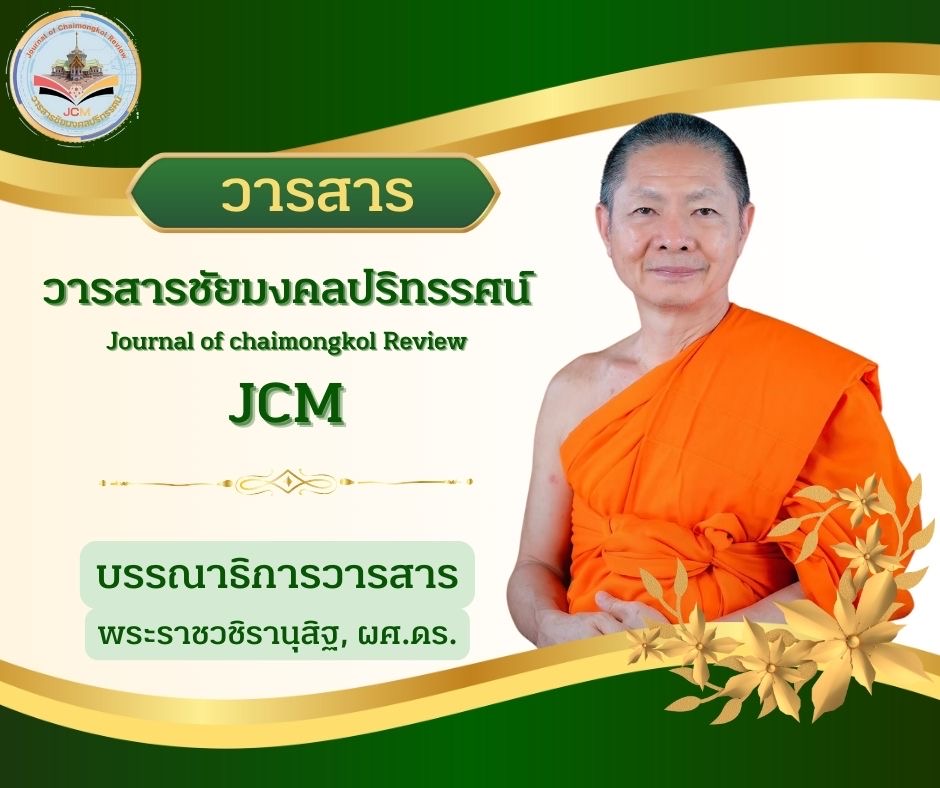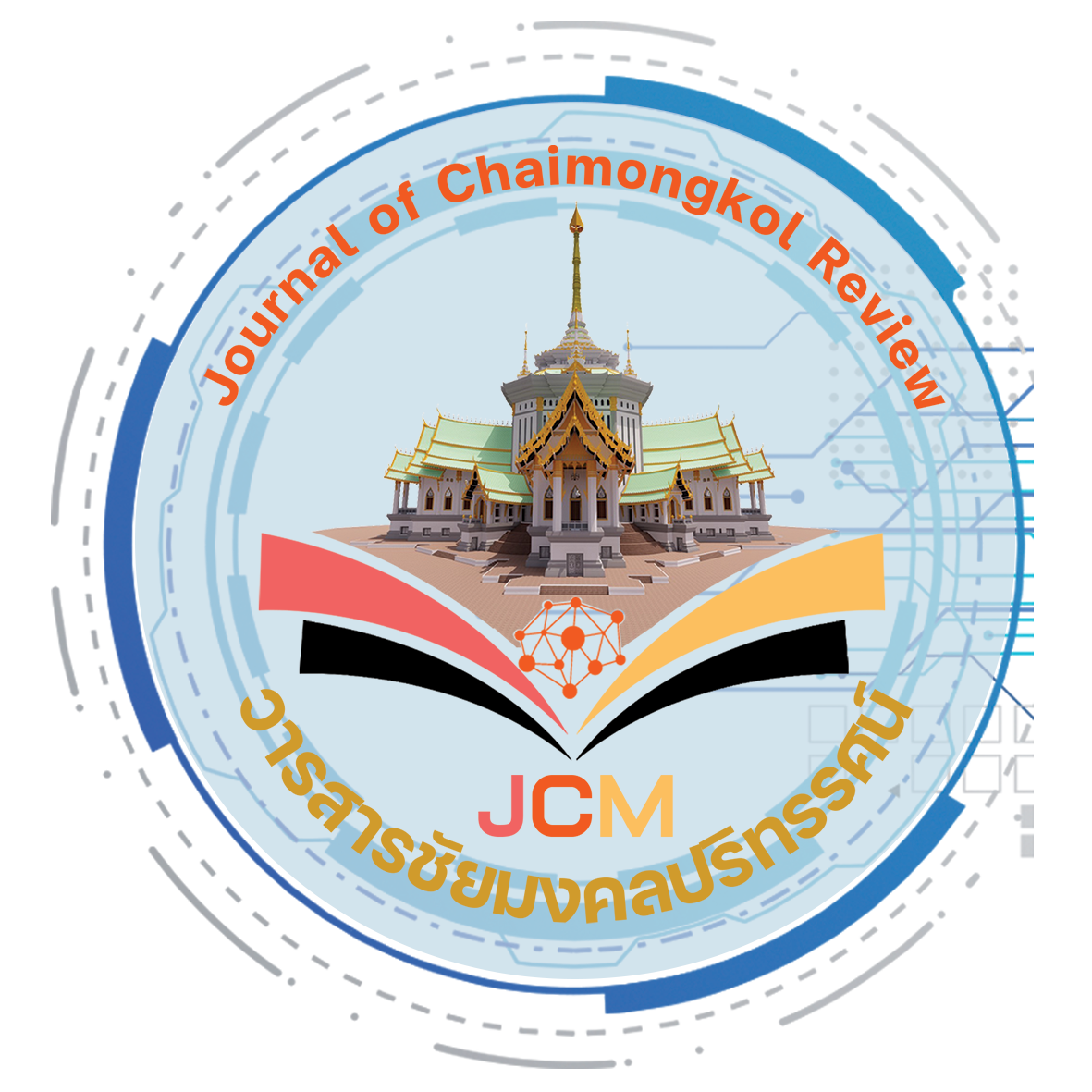POLITICAL HISTORICAL BACKGROUND OF THAILAND DURING THE CONSTITUTIONAL PERIOD OF THE KINGDOM OF THAILAND, B.E. 2540
Keywords:
Historical Background, Politics of Thailand, constitutionAbstract
After the Black May events of 1992, the atmosphere of political democracy returned. It proved that at that time, the trend of democracy was so strong that most people interested in politics admitted that a coup d'état was not a solution consistent with the times. It also caused the country's economy to stall and cause enormous damage. In this matter, There were movements and ideas to improve the political system that existed at that time structurally. And the continuous push of various groups has led to constitutional amendments to create a new constitution. Which later appeared as the 1997 Constitution, or as it is commonly called “The People's Constitution” When considering the provisions of the People's Constitution, it will be found that in many parts, there have been substantial changes from the constitution that was prepared before. Both in terms of structure, Institution, and content, Because of the content and inspiration from the people, especially the Widespread participation of the public with the establishment of an elected People's Council, It also significantly reinforces and emphasizes the rights and freedoms of citizens. Covers community rights. Rights in the justice process and academic freedom It also established a People's Council with the power to monitor government actions. And these provisions make the Constitution more inclusive. And create more stability in governance. Unlike the fragile coalition governments that prevailed in this era from 1987 to 1997, frequent parliamentary dissolutions and disrupted policy implementation impeded progress. Its ultimate objective is to establish a one-party government. It is essential. Provisions that require the Prime Minister to be elected Emphasizes the return of the concept of sovereignty to the people under the 1997 Constitution.
References
ไชยกุล โอภาส. (2505). การเลือกตั้งสมาชิกสภาผู้แทนราษฎร: ศึกษาเปรียบเทียบตามรัฐธรรมนูญแห่งราชอาณาจักรไทยพุทธศักราช 2540 กับ รัฐธรรมนูญแห่งราชอาณาจักรไทยพุทธศักราช 2550 (วิทยานิพนธ์ปริญญาเอก). นนทบุรี: มหาวิทยาลัยสุโขทัยธรรมาธิราช.
ศิร์ปัณณ์ศร ประดิษฐ์. (2535). เปรียบเทียบการใช้สิทธิและเสรีภาพในการเคลื่อนไหวภาคประชาชนระหว่างรัฐธรรมนูญพ.ศ. 2540 และ รัฐธรรมนูญพ.ศ. 2560 : กรณีศึกษาโครงการท่าเรือน้ำลึกปากบาราจังหวัดสตูล. (วิทยานิพนธ์ปริญญาเอก). นนทบุรี: มหาวิทยาลัยสุโขทัยธรรมาธิราช.
พิมพินันท์ แสงอุทัย. (2527). การศึกษาเปรียบเทียบหมวดสิทธิและเสรีภาพของปวงชนชาวไทยศึกษาเฉพาะรัฐธรรมนูญแห่งราชอาณาจักรไทยพุทธศักราช 2540 และ รัฐธรรมนูญแห่งราชอาณาจักรไทยพุทธศักราช 2560. (วิทยานิพนธ์ปริญญาเอก). นนทบุรี: มหาวิทยาลัยสุโขทัยธรรมาธิราช.
Punyaratabandhu, S. (1998). Thailand in 1997:Financial Crisis and Constitutional Reform. Retrieved December 20, 2022, from https://doi.org/10.2307/2645674
Uwanno, B., & Burns, W. D. (1998). The Thai Constitution of 1997: Sources and Process. University of British Columbia Law Retrieved December 20, 2022, from https://heinonline.org/HOL/LandingPage?handle=hein.journals/ubclr32&div=14&id=&page=.






